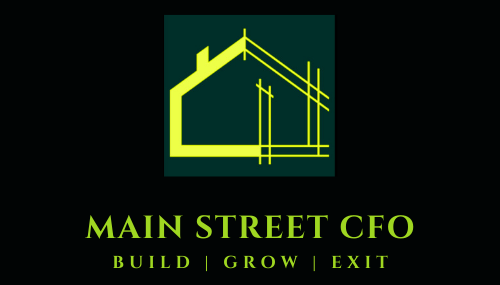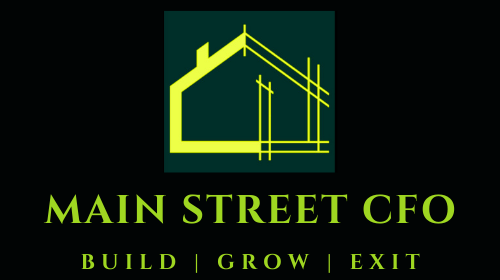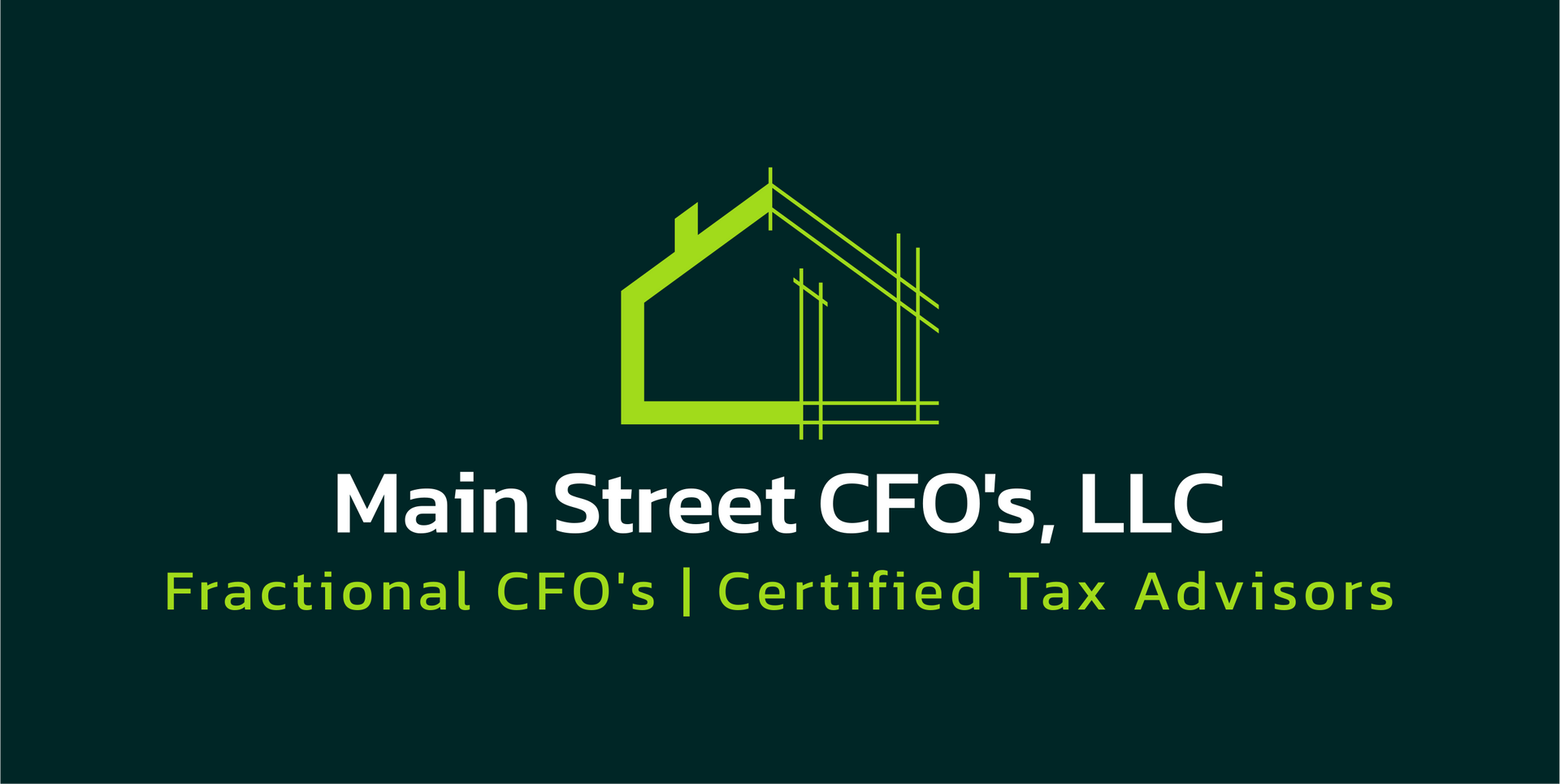Keeping your Real Estate Syndication/Fund Healthy
Setting up your Real Estate Syndication/Fund for Success
Fractional CFO Services for Real Estate Syndications & Funds:
"A Strategic Finance Partner for Scalable Growth, Investor Confidence, and Regulatory Excellence"
Real estate syndications and funds require more than basic accounting. They need sophisticated financial strategy, detailed investor-focused reporting, and compliance oversight. A Fractional CFO acts as your outsourced financial partner, providing tailored expertise and strategic insights without the cost of a full-time executive.
What do they do?
There are some "Core Service Categories" that encompass the solutions a Fractional CFO can bring:
1. Capital Structure & Fund Strategy Development
What We Do:
- Design optimal capital stacks (preferred equity, common equity, mezzanine, debt).
- Structure funds or syndications (General Partner/Limited Partner split, fund vs. deal-specific entity).
- Advise on waterfall models, promote structures, and fee models.
Benefits to You:
- Attract more sophisticated investors with institutional-grade structures.
- Ensure alignment of interest between GP and LPs.
- Optimize returns for both syndicator and investors.
2. Financial Modeling & Projections
What We Do:
- Build detailed financial models at the asset, deal, and fund level.
- Include acquisition assumptions, capital expenditure plans, rental income, exit strategies.
- Perform scenario planning (base, best, and worst cases).
Benefits to You:
- Gain clarity on cash flow timing and distributions.
- Improve decision-making prior to acquisition or fund formation.
- Demonstrate sophistication to investors and lenders.
3. Cash Flow Management & Forecasting
What We Do:
- Develop fund-level and/or deal-level cash flow forecasts (12–36 months).
- Manage timing of capital calls, distributions, and expenses.
- Monitor liquidity buffers and working capital.
Benefits to You:
- Avoid capital shortfalls or delayed distributions.
- Enhance investor trust through consistent communication.
- Maximize internal rate of return (IRR) and equity multiple (EM).
4. Investor Reporting & Communication
What We Do:
- Design and manage quarterly investor reporting packages.
- Automate capital account tracking, distribution logs, and IRR calculations.
- Facilitate investor dashboards or portals upon request (working with platforms like Juniper Square, AppFolio, etc.).
Benefits to You:
- Build investor trust with clear, consistent, and professional communication.
- Reduce admin time and questions from limited partners.
- Position yourself for repeat capital raises.
5. Fund Administration Oversight
What We Do:
- Liaise with fund administrators and custodians.
- Reconcile net asset value (NAV), capital accounts, and distribution waterfalls.
- Ensure fund documents are interpreted and followed correctly.
Benefits to You:
- Prevent costly administrative or legal errors.
- Ensure compliance with your PPM, LPA, and offering documents.
- Free up your team to focus on acquisitions and asset management.
6. Deal & Fund Level KPI Dashboards
What We Do:
- Track key metrics: occupancy, rent roll, DSCR, LTV, equity multiple, IRR.
- Monitor fund-wide performance vs. benchmarks.
- Develop customized real-time dashboards in Excel, Power BI, or Google Sheets.
Benefits to You:
- Spot issues early and take proactive action.
- Communicate performance with stakeholders clearly.
- Make more data-driven decisions on asset repositioning, refinancing, or exit timing and strategies.
7. Tax Strategy & Coordination
What We Do:
- Coordinate with Tax Advisors to determine the impact of cost segregation, 1031 exchanges, and bonus depreciation strategies.
- Review investor K-1 timelines and distribution estimates.
- Structure deals for optimal tax efficiency.
Benefits to You:
- Maximize after-tax returns for limited partners and the general partner.
- Avoid last-minute tax surprises.
- Strengthen investor satisfaction and increasing retention.
8. Capital Raise Support
What We Do:
- Prepare data rooms, PPM financials, and pitch deck financials.
- Help model equity raise requirements and IRR impact.
- Offer financial due diligence support during investor Q&A.
Benefits to You:
- Raise capital faster with investor-ready materials.
- Avoid dilution or overpromising returns.
- Increase limited partner confidence in your team and the fund’s professionalism.
9. Audit & Compliance Preparation
What We Do:
- Assist in the audit process with third-party auditors.
- Organize supporting documentation and GAAP adjustments as needed.
Benefits to You:
- Avoid delays that impact investor distributions.
- Meet lender and institutional investor requirements.
- Position yourself for future funds or institutional capital.
10. Exit Planning & Disposition Strategy
What We Do:
- Model exit scenarios for each asset or fund.
- Advise on timing and method (refinance, sale, portfolio sale).
- Evaluate tax implications and reinvestment opportunities.
Benefits to You:
- Maximize returns at exit.
- Time capital events to benefit fund lifecycle and limited partner satisfaction.
- Strategically roll gains into the next fund or 1031 exchange.
How We Work with You:
- Flexible Engagements: Monthly retainers or project-based.
- Fractional Availability: 10–40 hours/month depending on scope.
- Collaborative Tools: We integrate into your systems (QuickBooks, AppFolio, Excel, Monday, Juniper Square, Cash Flow Portal, InvestNext, Avestor, etc.)
- Clear Deliverables: Weekly or Monthly reports, monthly dashboards, quarterly reviews.











